Mount Batur Trek Difficulty Level: What to Expect on the Way Up
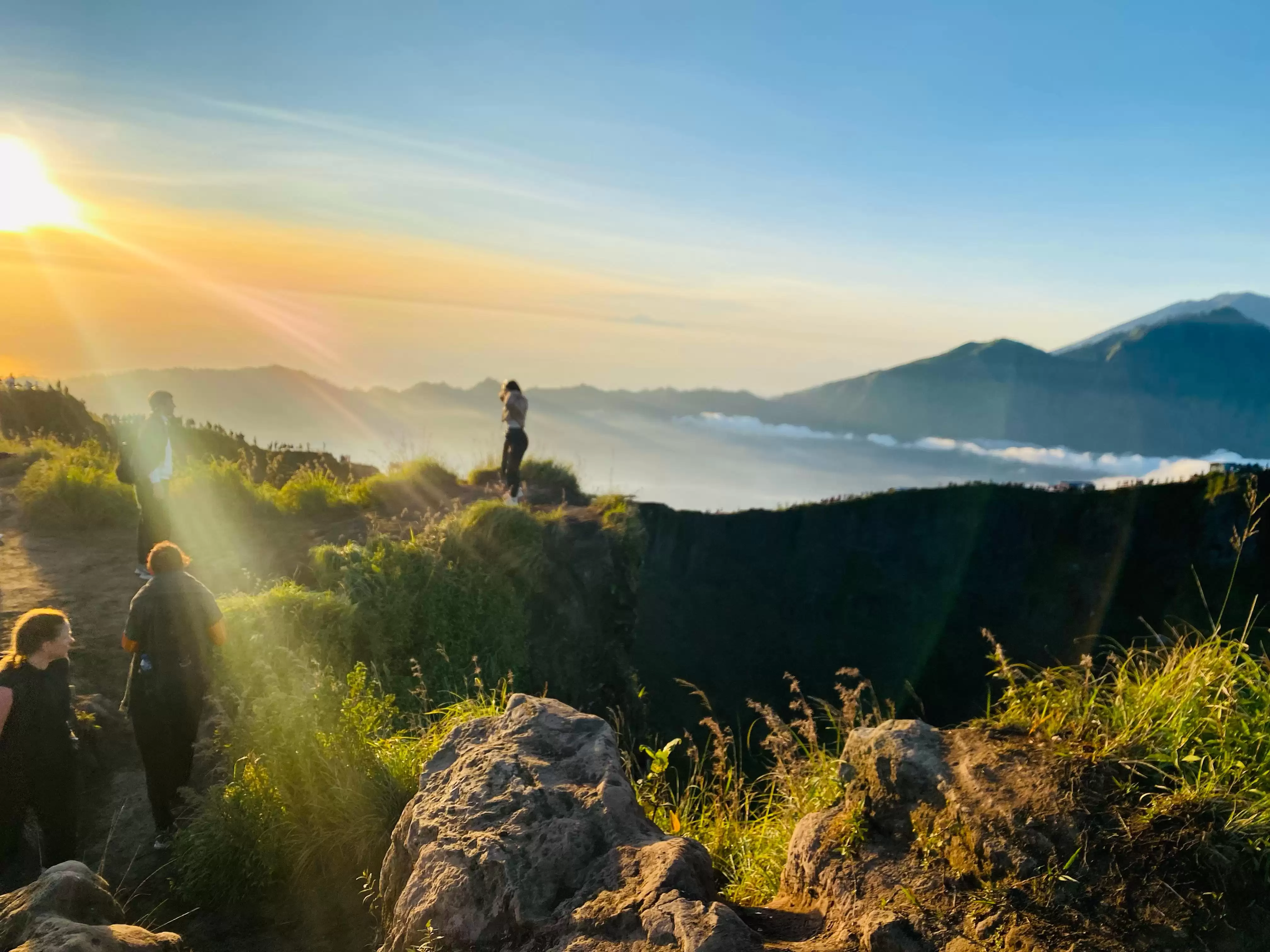
So, you’ve heard about the stunning sunrise atop Mount Batur and you’re wondering — how hard is the trek, really? You’re not alone! The Mount Batur sunrise trek is one of Bali’s most popular adventures, especially for travellers looking to experience the island’s natural beauty beyond the beaches. But before setting that early morning alarm, it’s good to know what to expect on the way up.
In this guide, we’ll walk you through the Mount Batur trek difficulty level from a real, on-the-ground perspective. Whether you’re a casual walker, a first-time hiker, or someone just curious about the level of challenge, you’ll find everything you need here.
Is Mount Batur a Difficult Trek?
Mount Batur is classified as a moderate hike, and the good news is — it’s suitable for beginners with average fitness. You don't need to be a hardcore trekker or super fit to reach the summit. That said, it still requires a bit of effort, especially since you’ll be doing most of the climb in the dark (before sunrise), and the terrain can get steep in parts.
Most people take around 1.5 to 2 hours to ascend and about 1 to 1.5 hours to descend. The total distance is roughly 5–6 km round-trip, depending on the starting point your guide uses.
What to Expect at Each Stage of the Trek
The Mount Batur hike is typically split into 3 key sections. Here’s what you can expect at each stage:
Section 1: The Gentle Start (0–30 mins)
The first part of the trek is fairly gentle and flat. You’ll start off around 3:45am (depending on your location and group), with a flashlight or headlamp. The ground here is mostly dirt and gravel, with views of farmland and open space under the stars. It’s a good warm-up phase for what’s ahead.
Section 2: Moderate Uphill Climb (30–60 mins)
This is where things start to pick up. The incline becomes steeper, and you’ll notice the trail becomes rockier and looser underfoot. You’ll be walking at an upward angle almost continuously. Most beginners start to feel the burn in this stretch, but don’t worry — you’re not alone. Just take breaks as needed and follow the guide’s pace.
Section 3: The Final Push (Last 30–40 mins)
As you get closer to the summit, the trail gets much steeper and more rugged. Some parts are uneven, with sections of volcanic rock and ash that can be slippery, especially if there’s been recent rain. You’ll need to use your hands for balance in some places, but it’s short and manageable. Once you reach the top — around 1,717 metres above sea level — your effort will be completely worth it.
What Kind of Terrain Will You Be Walking On?
- Dirt and Gravel: Mostly in the early portion
- Volcanic Sand and Loose Pebbles: Mid to upper part of the trail
- Rocky Sections: Especially near the summit
Sturdy footwear with good grip is highly recommended. Trainers or trail-running shoes are usually fine — no need for full hiking boots unless you already have them.
Tips for a Smoother Trek
- Wear layers: It’s chilly before sunrise, but you’ll warm up as you climb
- Bring a headlamp or torch: Most tours provide one, but your own might be more comfortable
- Go at your own pace: No rush — guides often stop for breaks
- Stay hydrated: Bring a water bottle for short sips along the way
- Eat something beforehand: A light snack helps fuel the trek
Is It Suitable for Everyone?
Mount Batur is generally suitable for:
- Anyone with average fitness levels
- Beginners with no hiking experience
- Youth (8+ years old) comfortable walking uphill
- Older travellers who are steady on their feet and relatively active
It may not be ideal for people with knee or joint issues due to the uneven descent, or anyone who prefers flat terrain. If you're unsure, or simply want the view without the climb, consider the Mount Batur Jeep Sunrise Tour — no hiking, same epic sunrise.
How Does It Compare to Other Hikes?
Compared to other well-known hikes in Southeast Asia, Mount Batur is one of the more beginner-friendly volcano hikes. It’s shorter, doesn’t require special training or equipment, and is regularly done by travellers who’ve never hiked before.
If you’ve hiked routes like Mount Rinjani (Lombok), Mount Agung (Bali), or trekking in Nepal, you’ll find Mount Batur very manageable.
After the Trek – What’s Next?
Most tours include a simple breakfast at the summit — think hot tea or coffee, banana sandwiches or eggs cooked using volcanic steam. Once the sun is fully up, you'll make your way down the same path. Afterwards, many full packages may include:
- A trip to Batur Natural Hot Springs or Toya Devasya for a relaxing soak
- A stop at a local coffee plantation for tasting and views
- A visit to places like Ulun Petanu Waterfall or Tegallalang Rice Terrace
Final Thoughts
The Mount Batur trek is teetering perfectly between challenging and achievable. You do need to put in some effort, especially if you’re not used to hiking, but the rewards — golden sunrise, scenic crater views, and that feeling of accomplishment — make it one of Bali’s most memorable experiences.
If you're after a sunrise adventure that feels epic but still doable, Mount Batur is the one. Just come prepared, stay hydrated, and don’t forget to take in the views — every step is worth it.
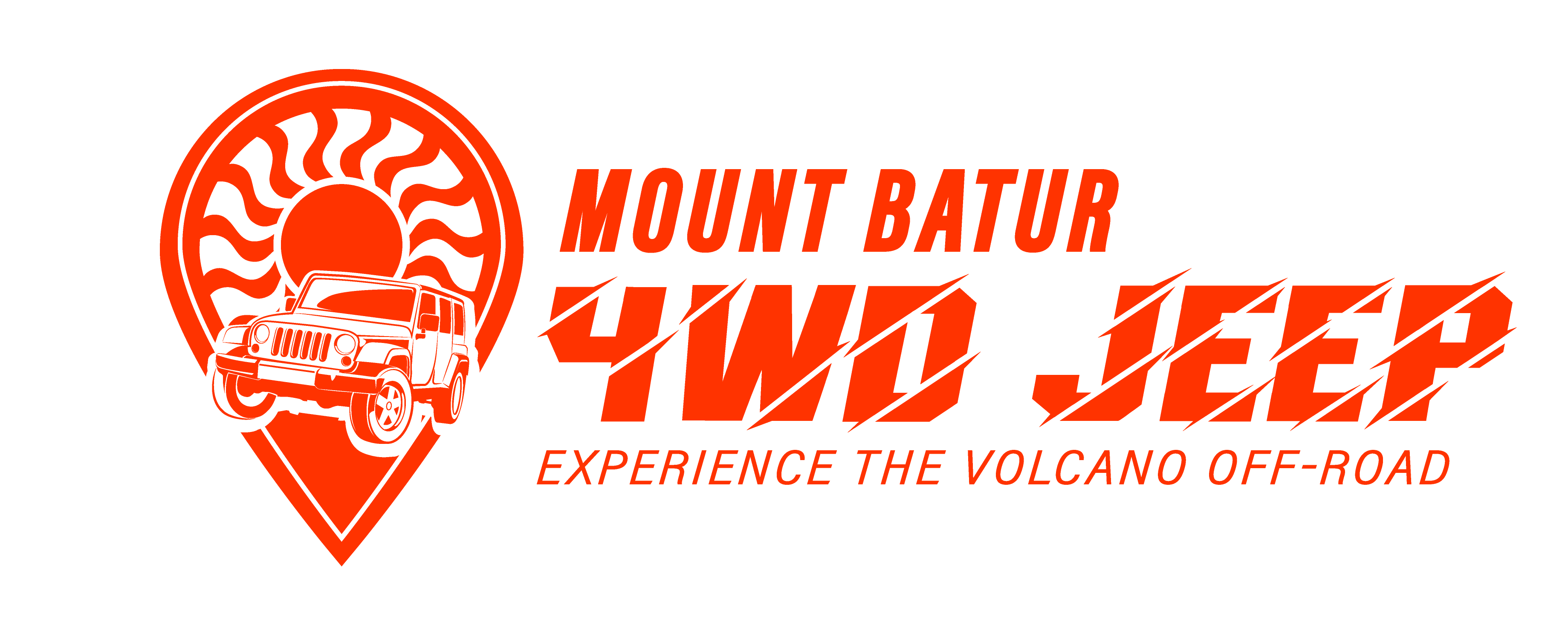
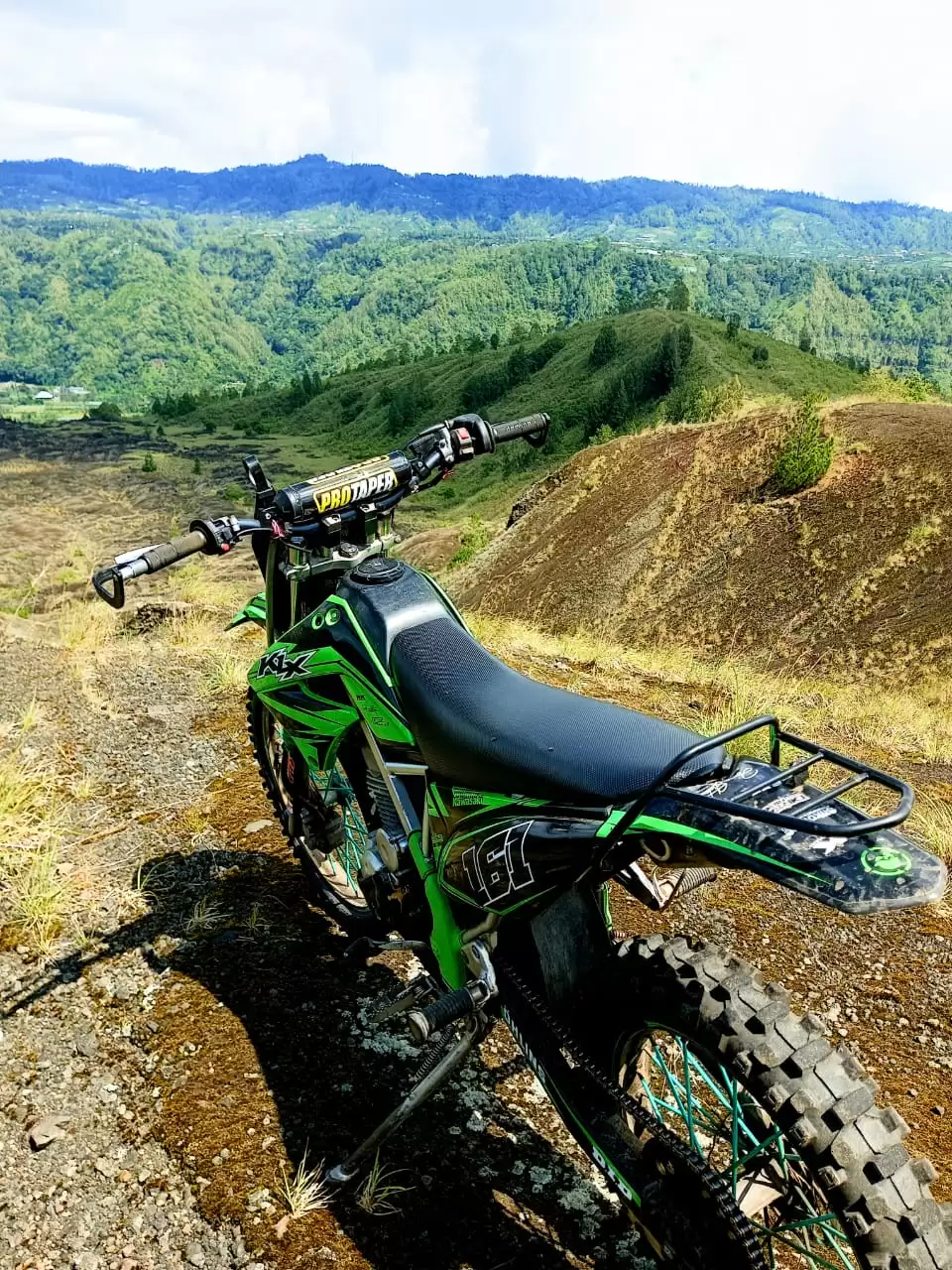
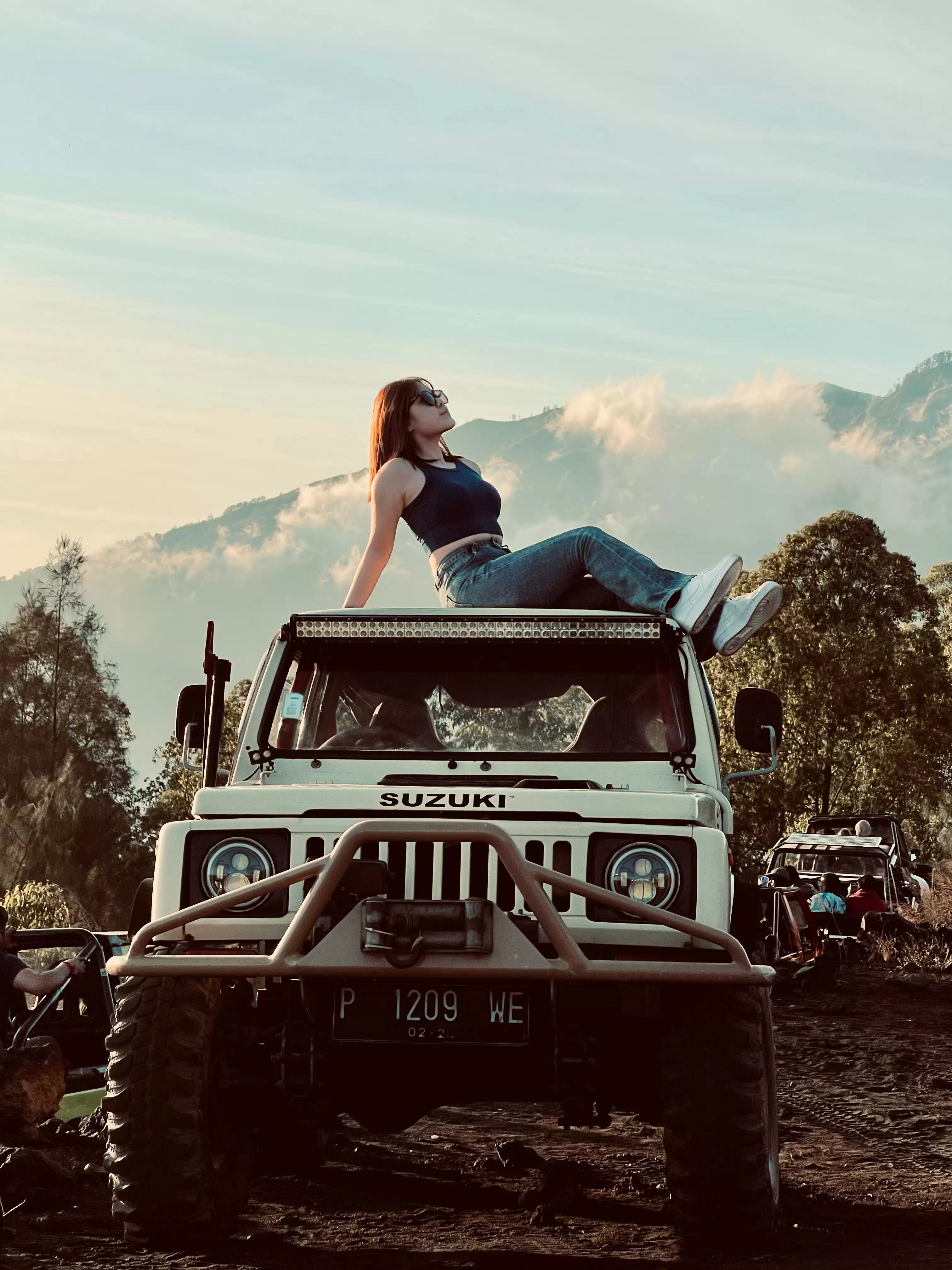
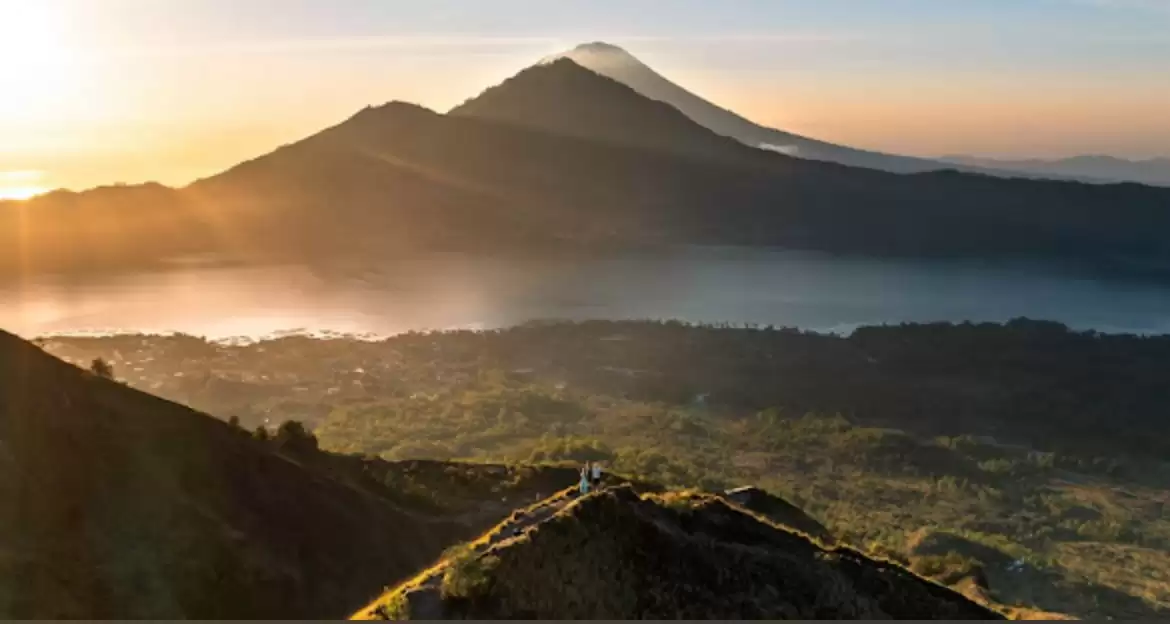
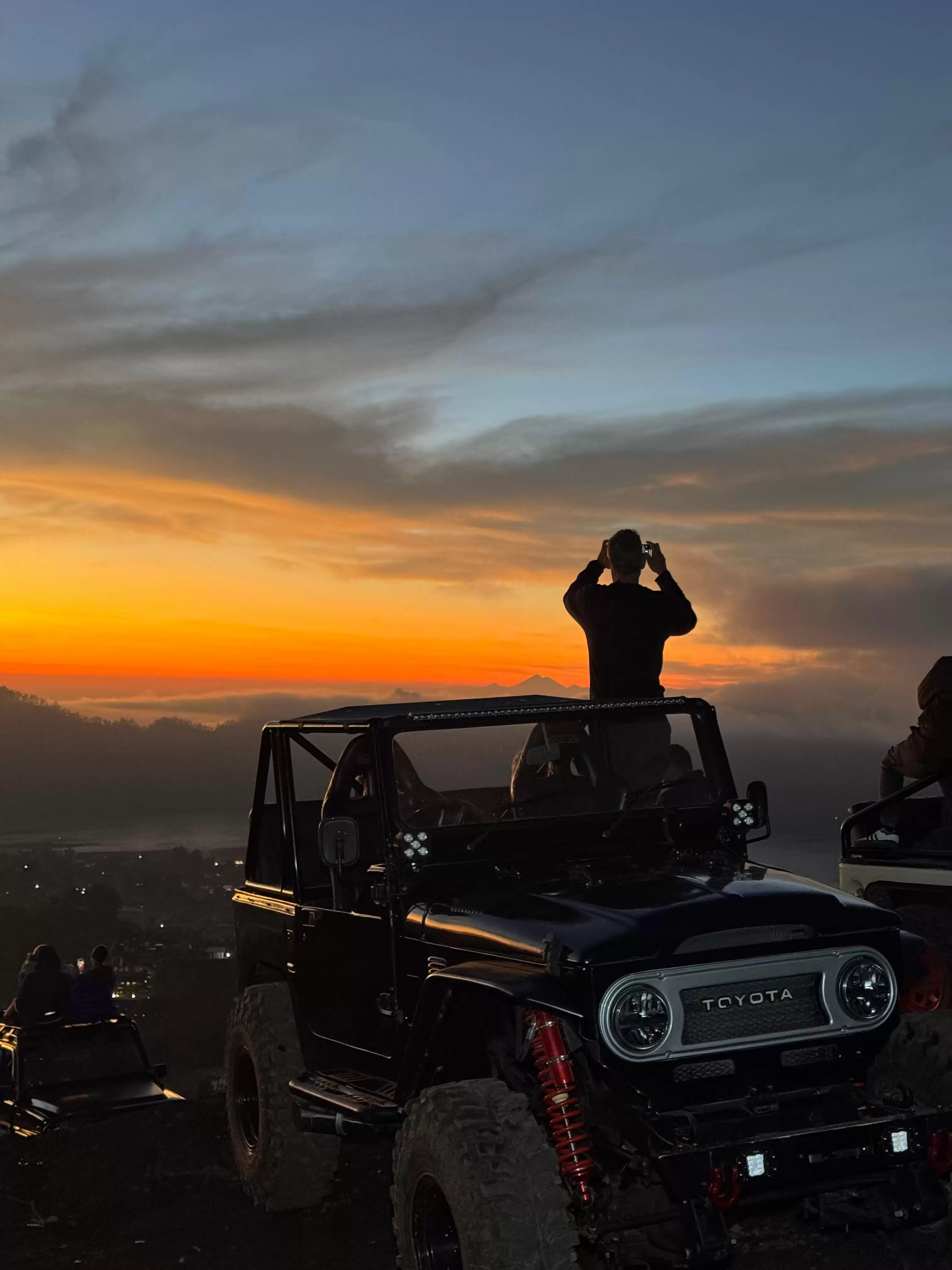
 English
English Russia
Russia